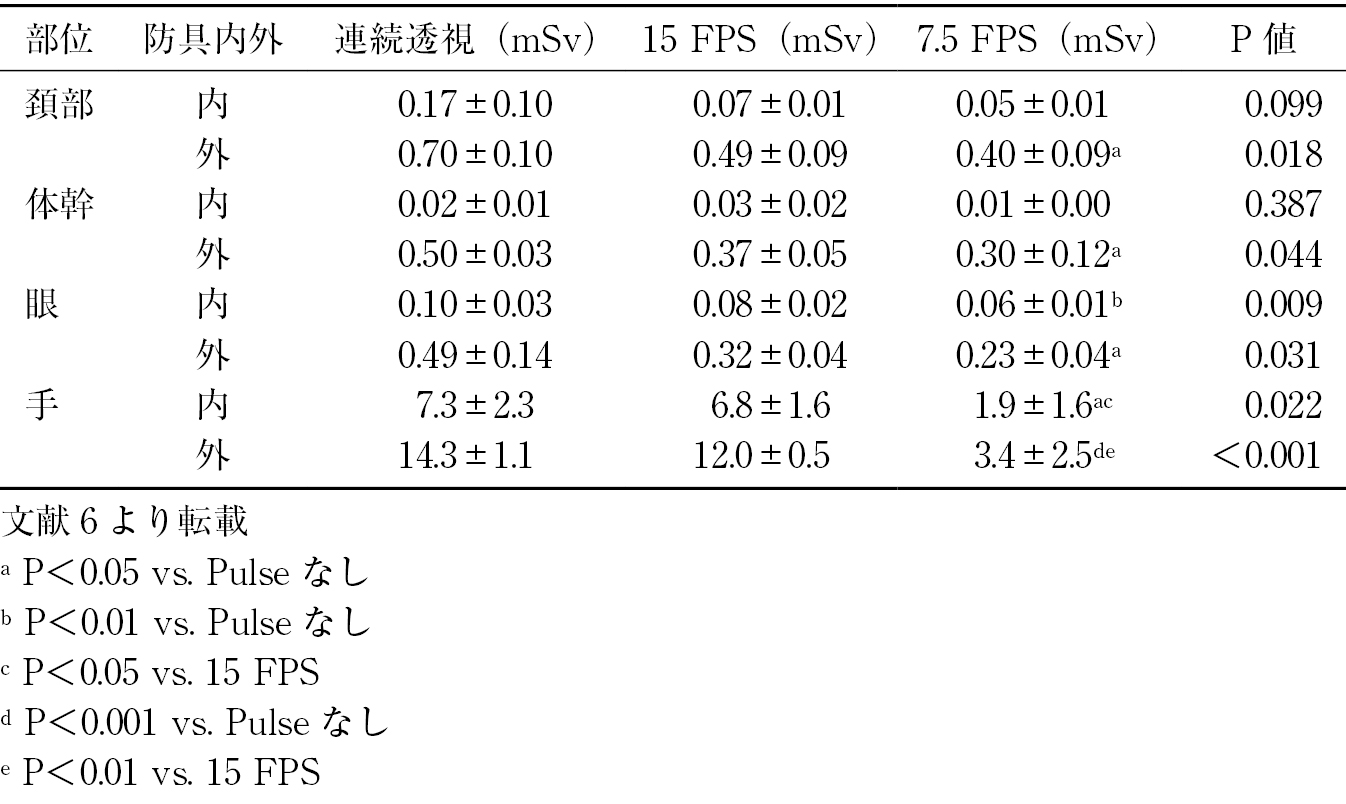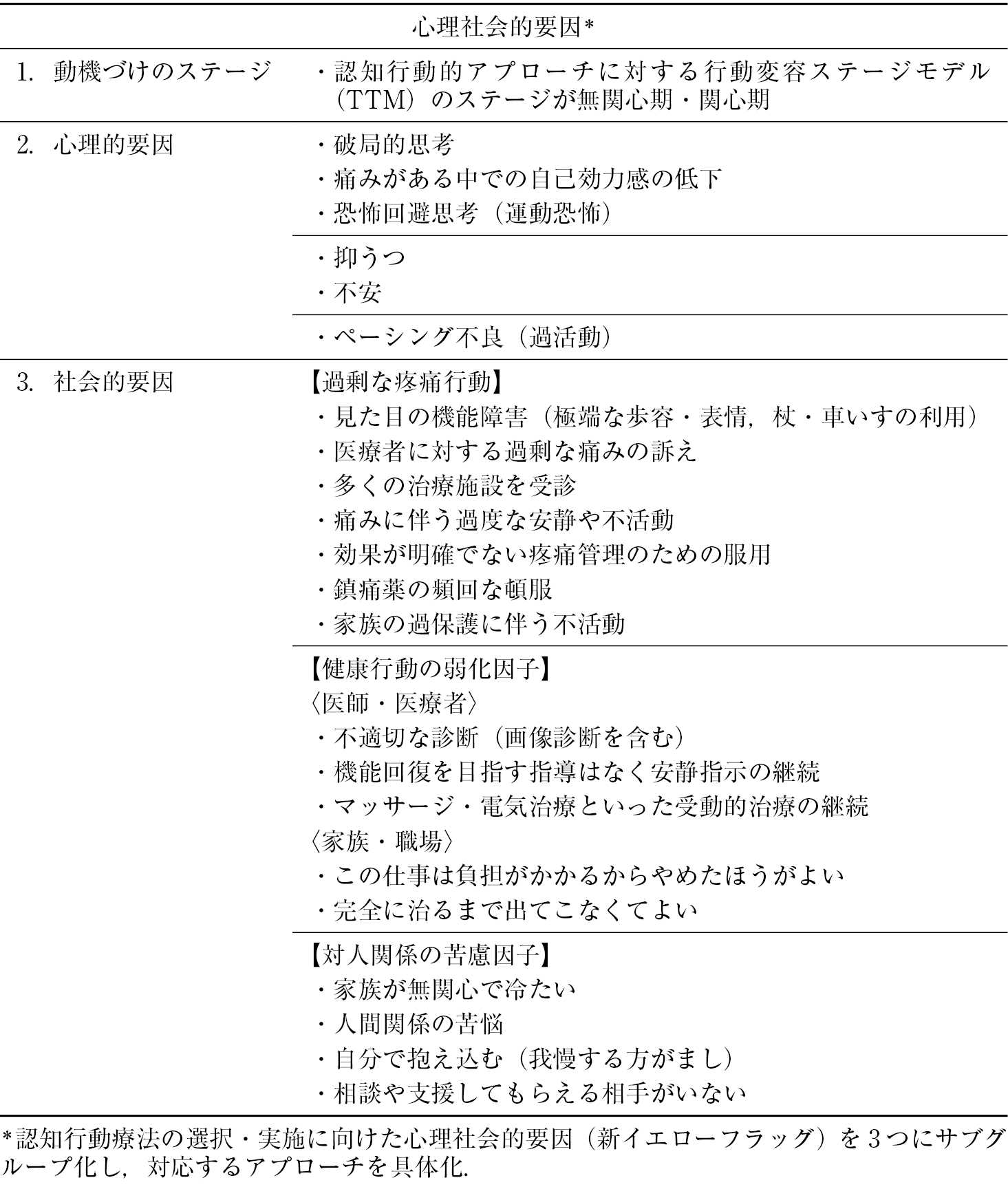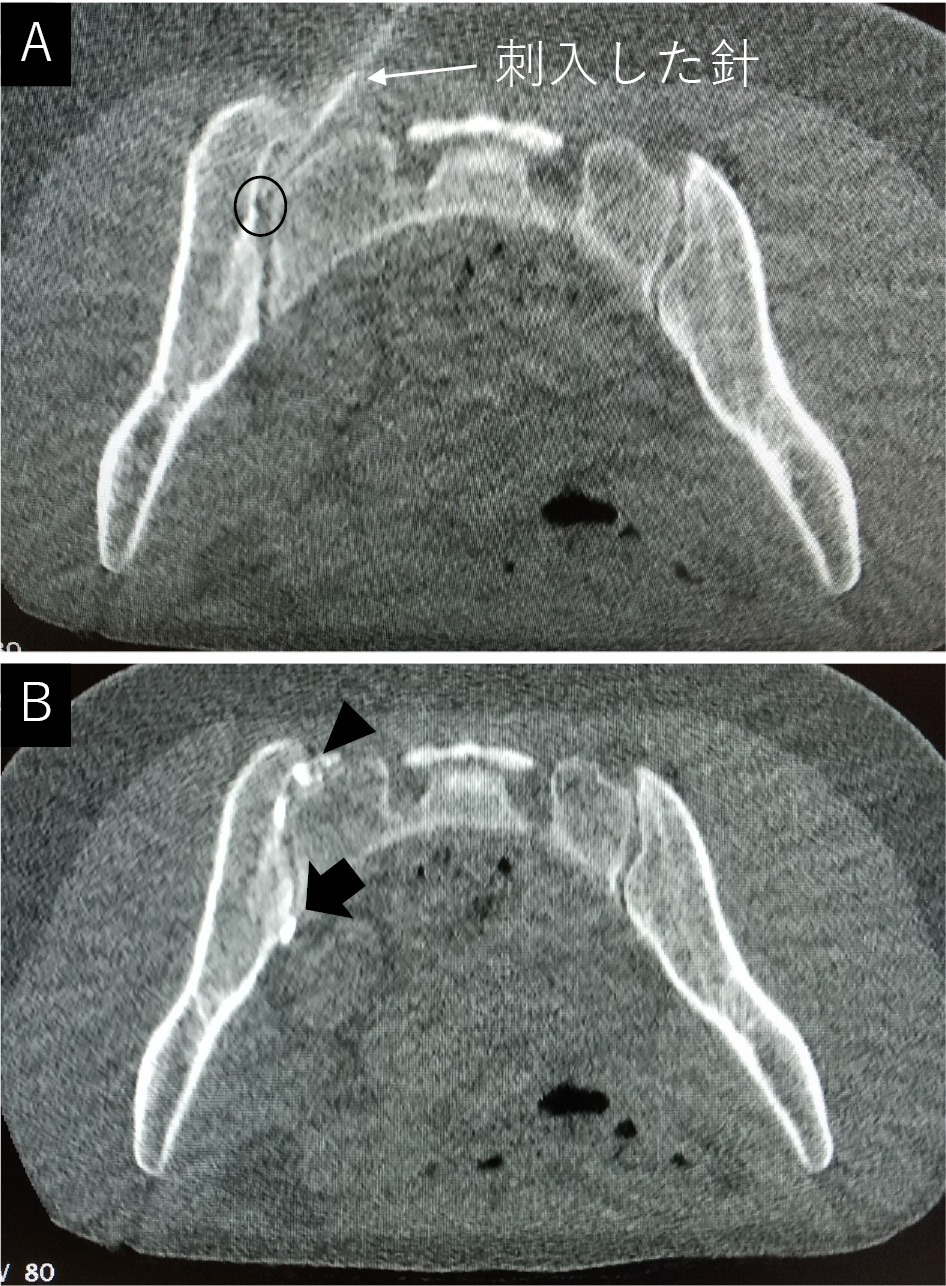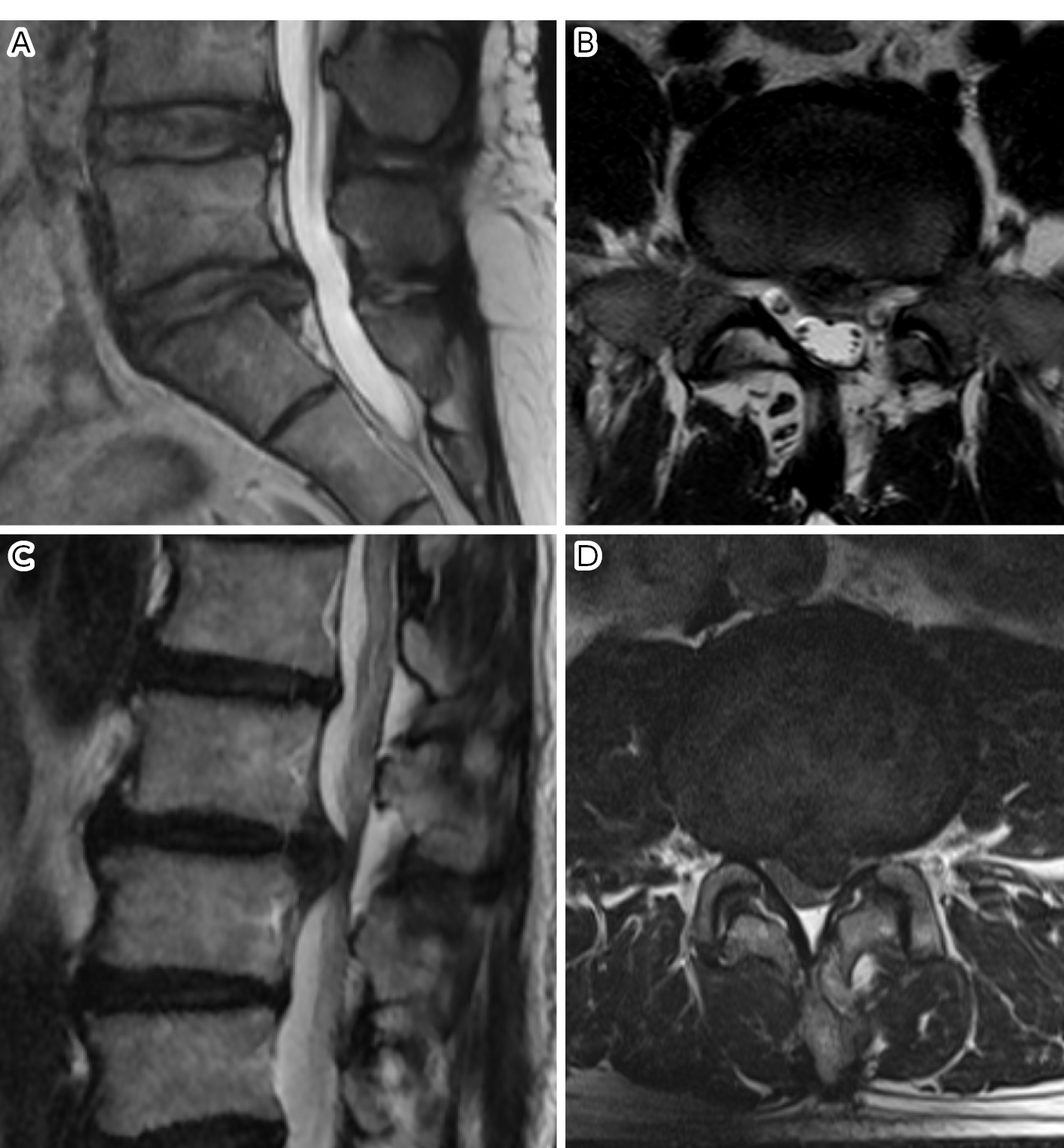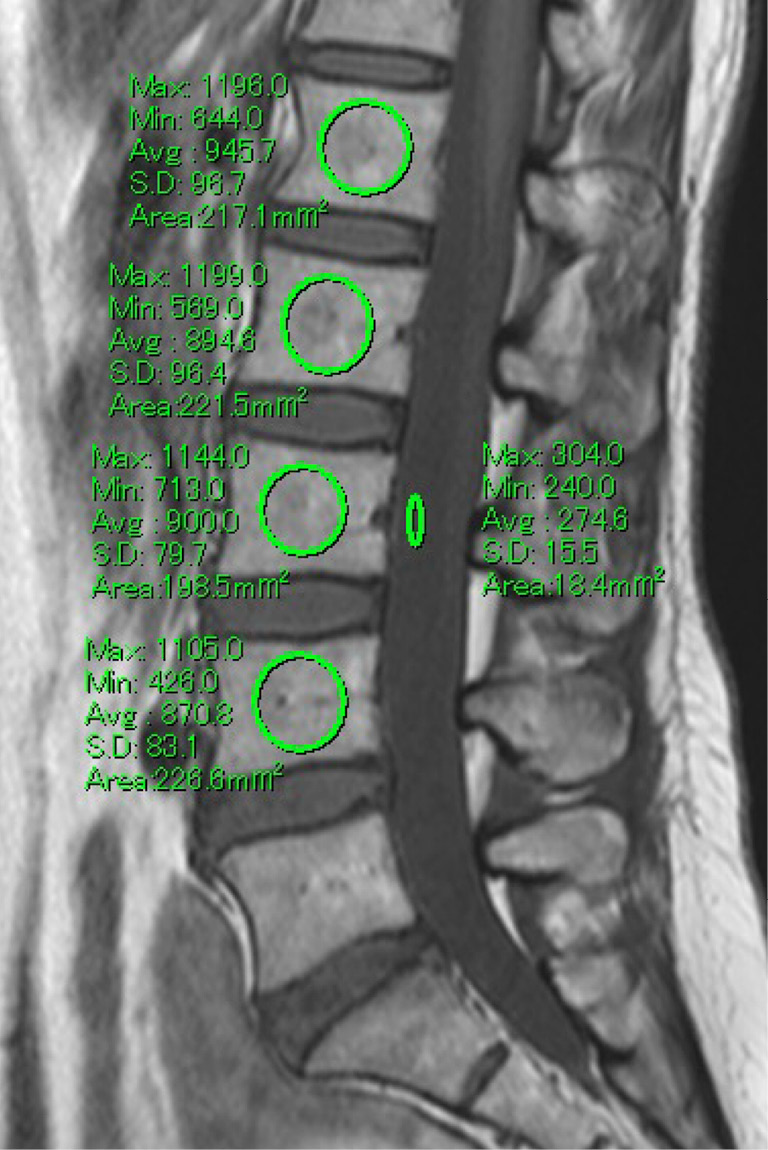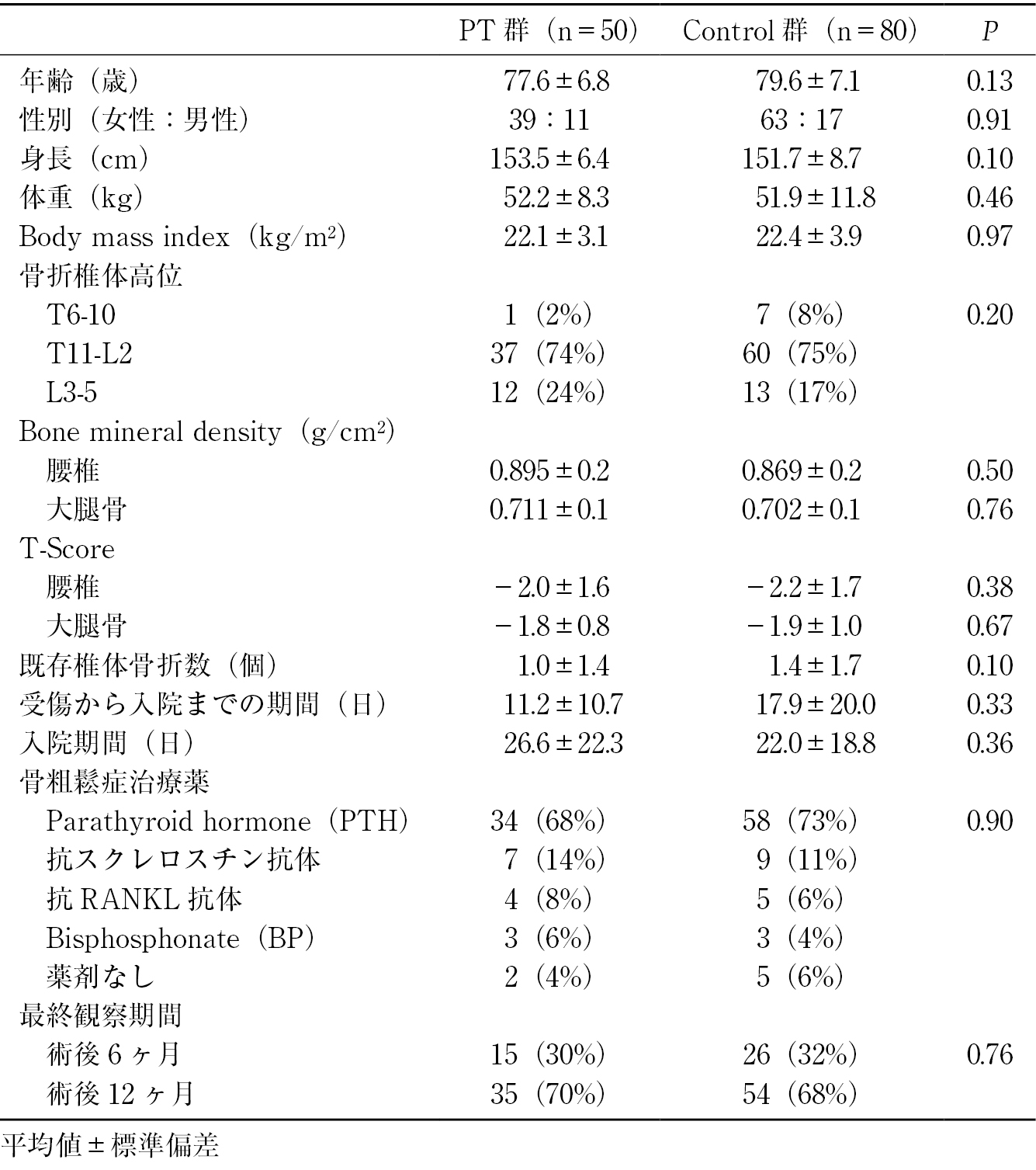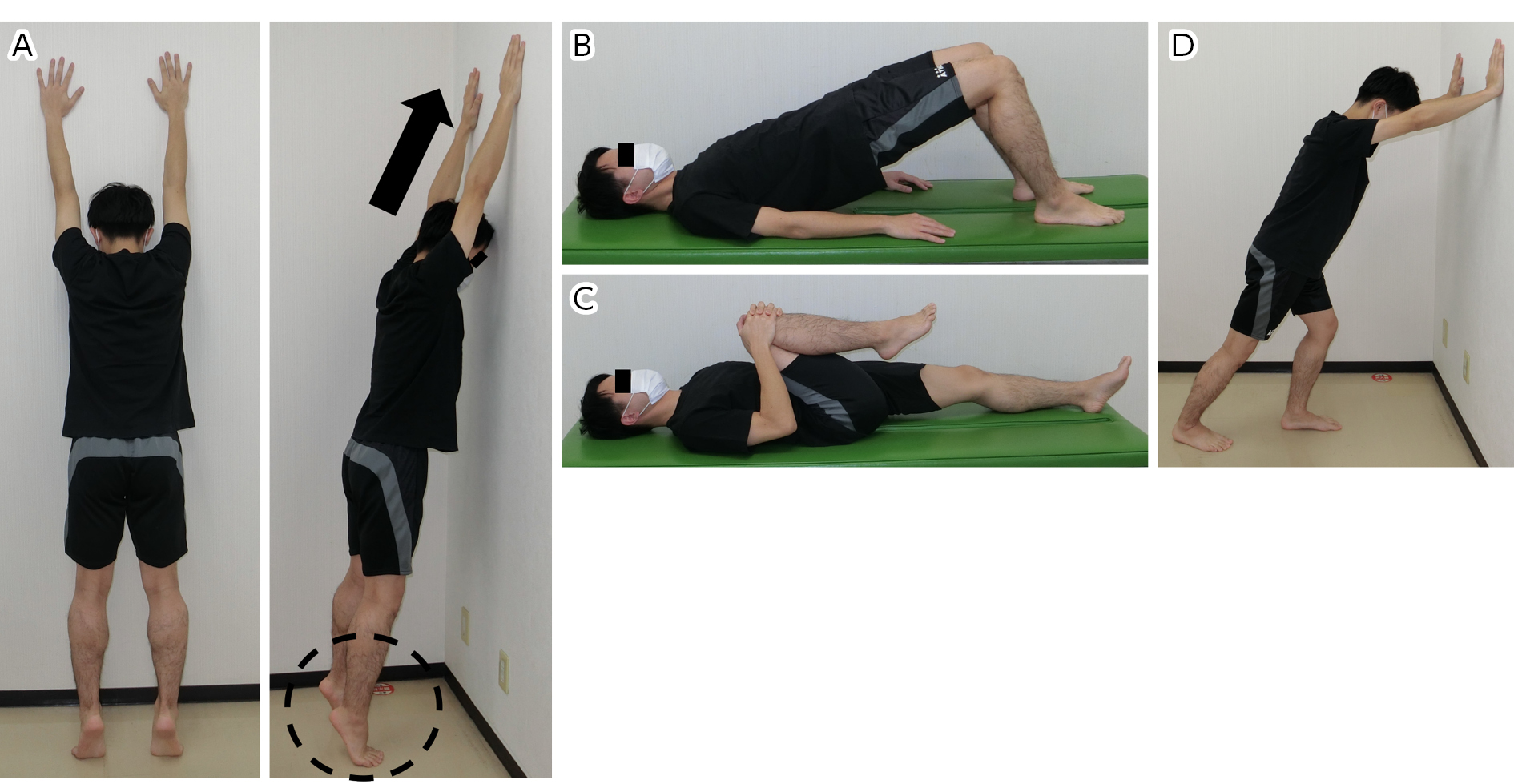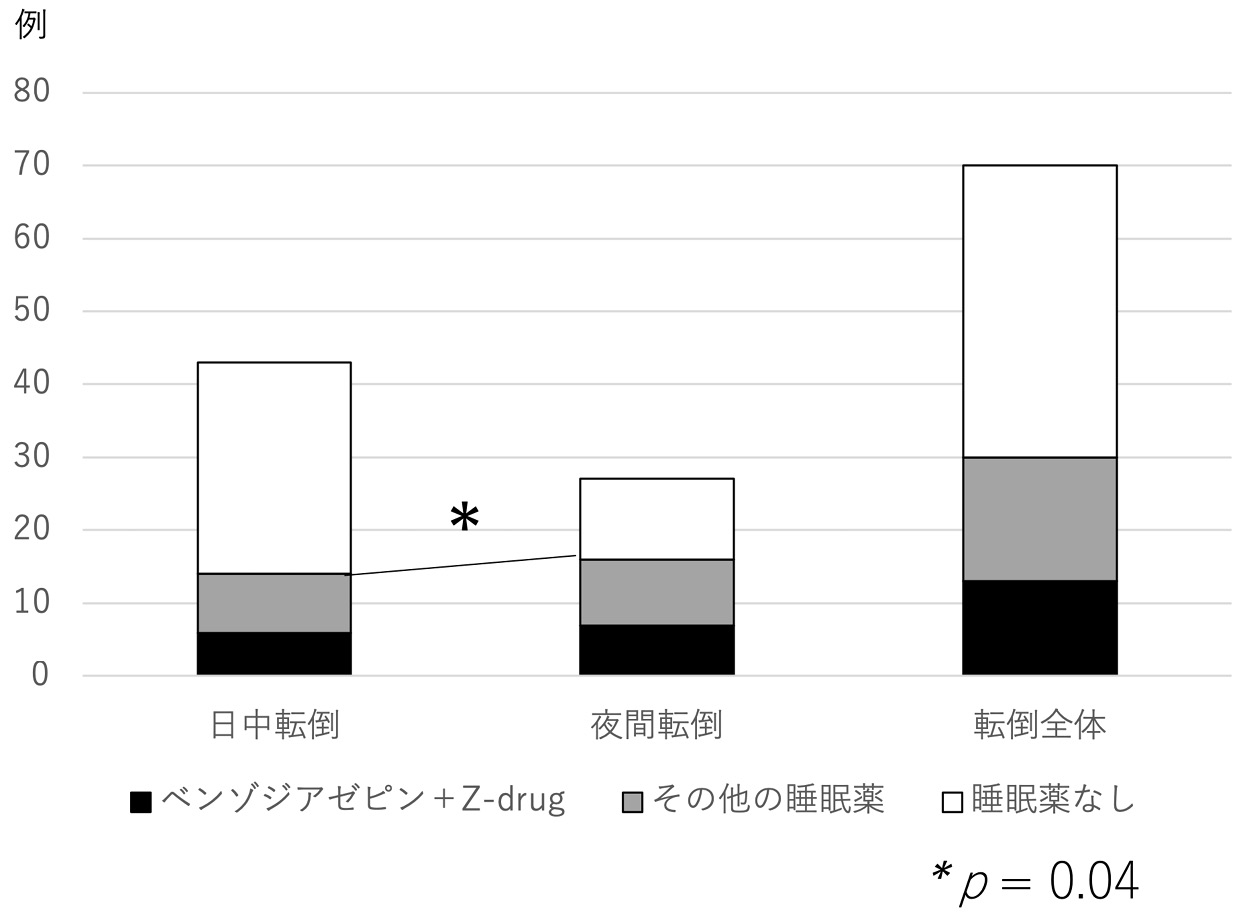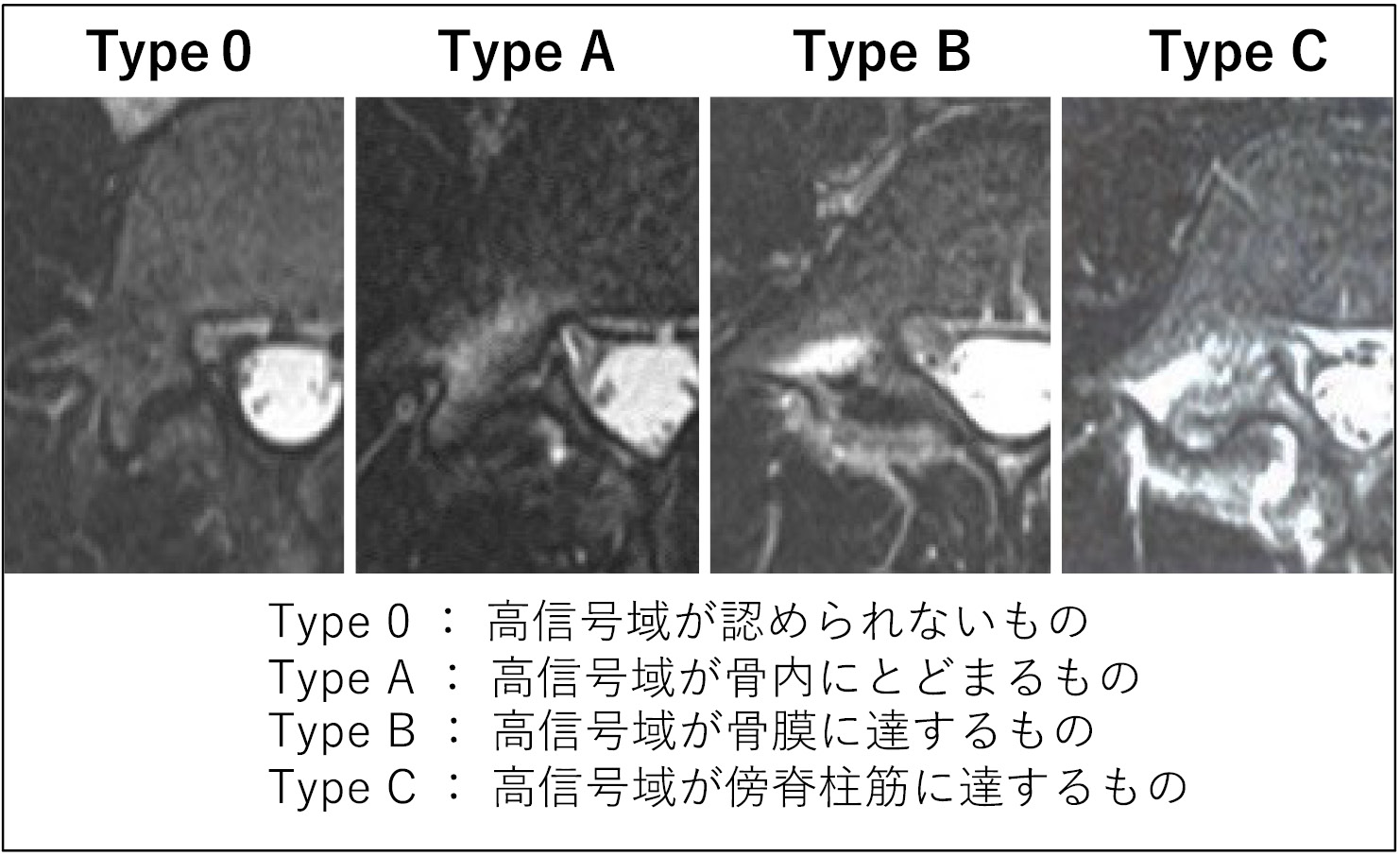Volume 14, Issue 6
Displaying 1-25 of 25 articles from this issue
- |<
- <
- 1
- >
- >|
Editorial
-
2023Volume 14Issue 6 Pages 817
Published: June 20, 2023
Released on J-STAGE: June 20, 2023
Download PDF (275K)
Review Article
-
2023Volume 14Issue 6 Pages 818-823
Published: June 20, 2023
Released on J-STAGE: June 20, 2023
Download PDF (1162K)
Original Article
-
2023Volume 14Issue 6 Pages 824-830
Published: June 20, 2023
Released on J-STAGE: June 20, 2023
Download PDF (1627K) -
2023Volume 14Issue 6 Pages 831-837
Published: June 20, 2023
Released on J-STAGE: June 20, 2023
Download PDF (1427K)
Review Article
-
2023Volume 14Issue 6 Pages 838-847
Published: June 20, 2023
Released on J-STAGE: June 20, 2023
Download PDF (1697K) -
2023Volume 14Issue 6 Pages 848-852
Published: June 20, 2023
Released on J-STAGE: June 20, 2023
Download PDF (1129K)
Original Article
-
2023Volume 14Issue 6 Pages 853-857
Published: June 20, 2023
Released on J-STAGE: June 20, 2023
Download PDF (1030K)
Review Article
-
2023Volume 14Issue 6 Pages 858-868
Published: June 20, 2023
Released on J-STAGE: June 20, 2023
Download PDF (2259K) -
2023Volume 14Issue 6 Pages 869-877
Published: June 20, 2023
Released on J-STAGE: June 20, 2023
Download PDF (2130K)
Original Article
-
2023Volume 14Issue 6 Pages 878-883
Published: June 20, 2023
Released on J-STAGE: June 20, 2023
Download PDF (1645K) -
2023Volume 14Issue 6 Pages 884-890
Published: June 20, 2023
Released on J-STAGE: June 20, 2023
Download PDF (1133K) -
Intradical injection for the treatment of lumbar intervertebral disc herniation: A Multicenter Study2023Volume 14Issue 6 Pages 891-896
Published: June 20, 2023
Released on J-STAGE: June 20, 2023
Download PDF (1280K) -
2023Volume 14Issue 6 Pages 897-902
Published: June 20, 2023
Released on J-STAGE: June 20, 2023
Download PDF (1108K) -
2023Volume 14Issue 6 Pages 903-908
Published: June 20, 2023
Released on J-STAGE: June 20, 2023
Download PDF (1468K) -
2023Volume 14Issue 6 Pages 909-914
Published: June 20, 2023
Released on J-STAGE: June 20, 2023
Download PDF (912K) -
2023Volume 14Issue 6 Pages 915-922
Published: June 20, 2023
Released on J-STAGE: June 20, 2023
Download PDF (1140K) -
2023Volume 14Issue 6 Pages 923-930
Published: June 20, 2023
Released on J-STAGE: June 20, 2023
Download PDF (1456K) -
2023Volume 14Issue 6 Pages 931-937
Published: June 20, 2023
Released on J-STAGE: June 20, 2023
Download PDF (1036K) -
2023Volume 14Issue 6 Pages 938-944
Published: June 20, 2023
Released on J-STAGE: June 20, 2023
Download PDF (1218K) -
2023Volume 14Issue 6 Pages 945-952
Published: June 20, 2023
Released on J-STAGE: June 20, 2023
Download PDF (1532K) -
2023Volume 14Issue 6 Pages 953-958
Published: June 20, 2023
Released on J-STAGE: June 20, 2023
Download PDF (1003K) -
2023Volume 14Issue 6 Pages 959-965
Published: June 20, 2023
Released on J-STAGE: June 20, 2023
Download PDF (1353K) -
2023Volume 14Issue 6 Pages 966-972
Published: June 20, 2023
Released on J-STAGE: June 20, 2023
Download PDF (1164K) -
2023Volume 14Issue 6 Pages 973-977
Published: June 20, 2023
Released on J-STAGE: June 20, 2023
Download PDF (781K)
Case Report
-
2023Volume 14Issue 6 Pages 978-983
Published: June 20, 2023
Released on J-STAGE: June 20, 2023
Download PDF (1891K)
- |<
- <
- 1
- >
- >|






